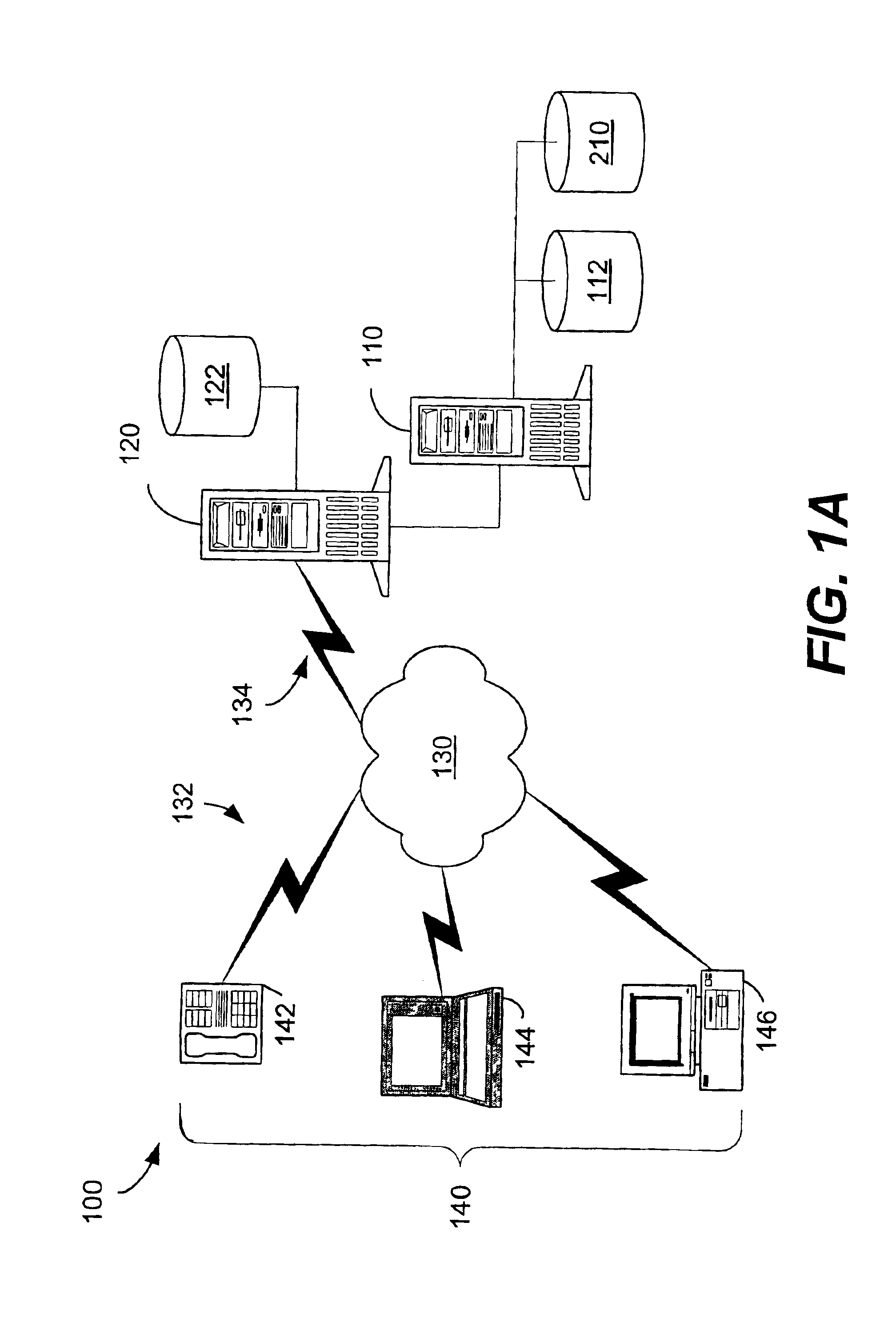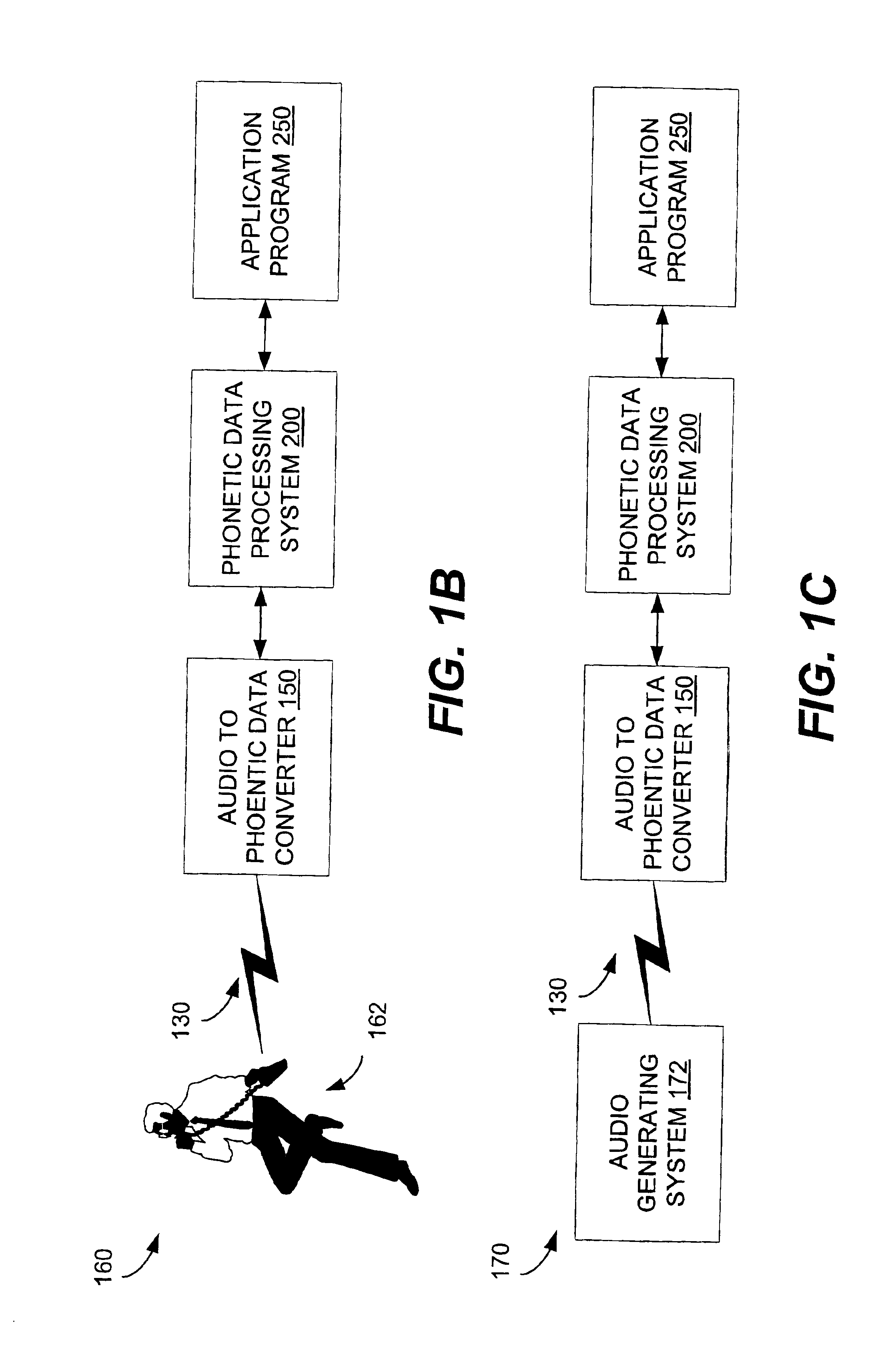Phonetic data processing system and method
a data processing system and phonetic technology, applied in the field of phonetic data processing system and method, can solve the problems of insufficient contextual knowledge of systems, low confidence, inefficient approaches, etc., and achieve the effects of reducing processing times, improving accuracy, and simplifying and generalizing search and evaluation functions
- Summary
- Abstract
- Description
- Claims
- Application Information
AI Technical Summary
Benefits of technology
Problems solved by technology
Method used
Image
Examples
Embodiment Construction
[0035]The present invention is a phonetic data processing system and method, configured to receive a phonetic stream and perform combined syntactic and semantic searching and parsing to produce a set of semantic data representing a plurality of possible valid responses, depending on a context based interpretation of the semantic data. An application program is configured to receive the set of semantic data and access a semantic evaluation tool to interpret the set of semantic data in accordance with context information. The semantic evaluation tool produces and returns to the application program a linguistic result, such as a final word or phrase interpretation of the input phonetic stream. The present invention is configured such that all stages of processing are data feed-forward, with context-independent data streams. The input phonetic stream may be generated from real-time (or near real-time) data, stored data, or some combination thereof. Although, the advantages of efficiency...
PUM
 Login to View More
Login to View More Abstract
Description
Claims
Application Information
 Login to View More
Login to View More - R&D
- Intellectual Property
- Life Sciences
- Materials
- Tech Scout
- Unparalleled Data Quality
- Higher Quality Content
- 60% Fewer Hallucinations
Browse by: Latest US Patents, China's latest patents, Technical Efficacy Thesaurus, Application Domain, Technology Topic, Popular Technical Reports.
© 2025 PatSnap. All rights reserved.Legal|Privacy policy|Modern Slavery Act Transparency Statement|Sitemap|About US| Contact US: help@patsnap.com



